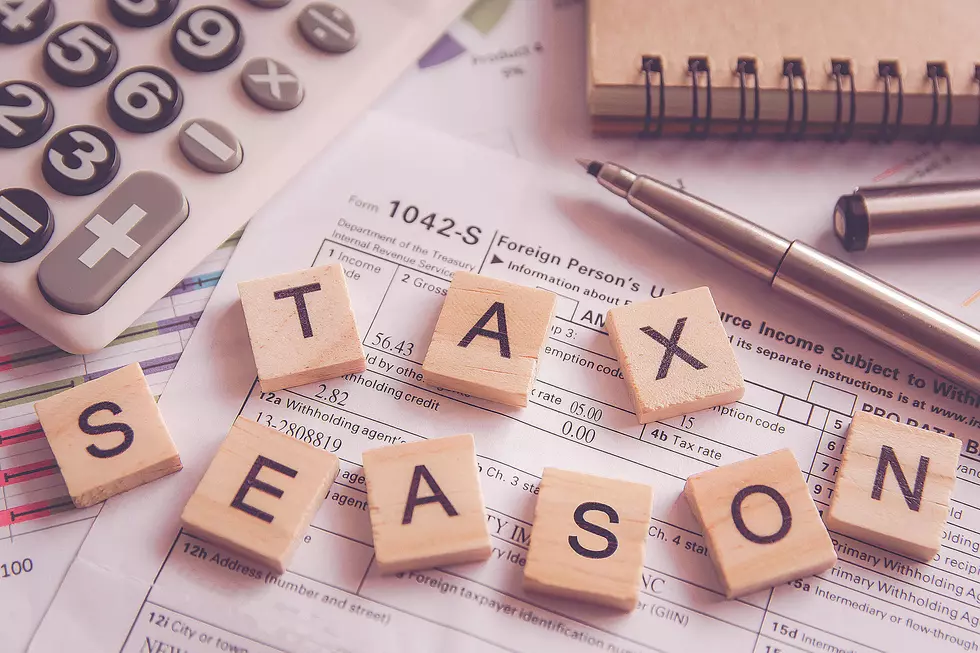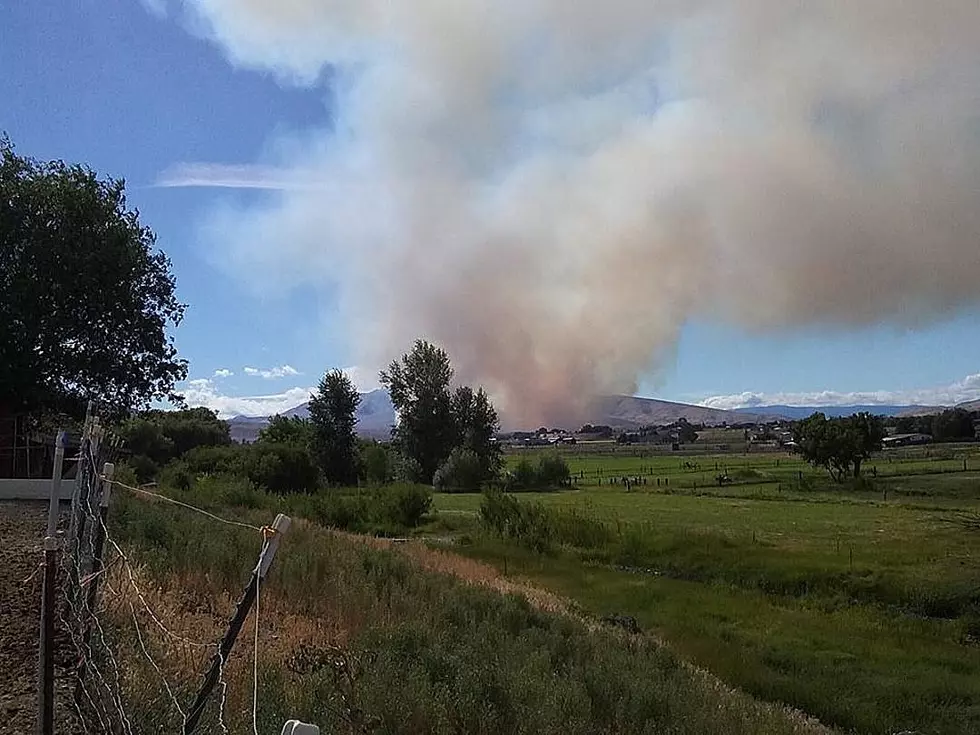
Information in The News Could Be Used to Scam You
It's that time of year when scammers look for victims. They take advantage of current trends like all the concern over Cryptocurrency. the exchanges are platforms that allow you to buy and sell cryptocurrencies, such as Bitcoin. When you buy cryptocurrency, it’s stored in a digital wallet. Most cryptocurrency exchanges require that you use an additional authentication method, such as a recovery phrase, to access your wallet. Cybercriminals use social engineering to try to bypass this added authentication and steal your currency.
The criminals target the elderly because the scams find victims
The Better Business Bureau says cybercriminals send you an email pretending to be a cryptocurrency exchange representative. This email states that you need to provide information to receive a refund due to an issue with your account. To receive this refund, this email asks you to click a link and enter your recovery phrase. If you click the link and provide this information, cybercriminals can use it to reset your password and prevent you from accessing your account. Then, they can transfer your currency to their own accounts.
Another scam involves student debt
The U.S. Government recently announced its plan to give citizens up to $20,000 of student loan relief. The plan requires that people submit an application to determine if they qualify for the loan. Cybercriminals are taking advantage of this process by using fraudulent applications in their scams.
It's called phishing and the scam nails a lot of people everyday
Cybercriminals send you a phishing email that appears to come from an official federal agency, such as the U.S. Department of Education. This email states that you need to apply for student loan relief and provides a link to the application. If you click this link, you'll be taken to a spoofed application page that asks for sensitive information, such as your direct deposit details. Cybercriminals can use this information to access your bank account and steal your money.
Some tips to keep you safe
"Be suspicious of emails, texts, and social media posts that contain information about student loan or other financial relief plans. These messages may lead to disinformation, which is false information designed to mislead you.
Stay up-to-date about financial relief efforts by following local news and other trusted sources. To see what actions you may need to take, visit an official government website and only follow links from the website.
Before you click a link, hover your mouse over it. Make sure that the link leads to a legitimate, safe website that corresponds with the content in the email."
LOOK: 15 Unconventional Christmas Albums From the Past 50 Years
25 True Crime Locations: What Do They Look Like Today?
LOOK: See how much gasoline cost the year you started driving
More From 107.3 KFFM










